Genetic Diversity and Forensic DNA Mixture Analysis: A Closer Look at the Challenges of Lower Genetic Diversity Groups
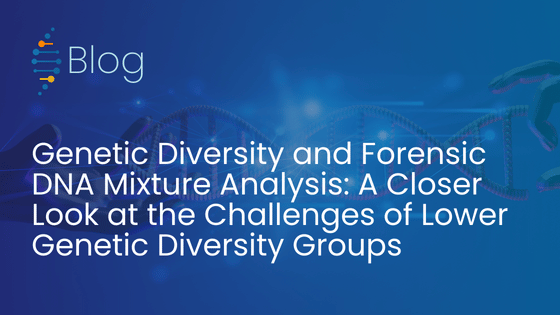
This article was generated with the assistance of artificial intelligence. However, all content has been thoroughly reviewed and curated by a human editor before posting to guarantee accuracy, relevance, and quality. Forensic DNA analysis has long been heralded as a cornerstone of modern criminal investigations, particularly in cases where DNA samples contain contributions from multiple […]
Sample Analysis Using Prediction Modeling for Early Mixture Detection

Analysis of evidentiary samples containing DNA from multiple contributors (“mixtures”) is a time intensive process for a forensic analyst and one where the contributor nature of a sample is not revealed until the end of the traditional forensic workflow. Often, at this stage, retesting or additional testing of mixture samples may not be possible, […]
Sex-Based Targeted Recovery of Cells in a Heterogeneous Mixture: Separating Male and Female Like-Cell
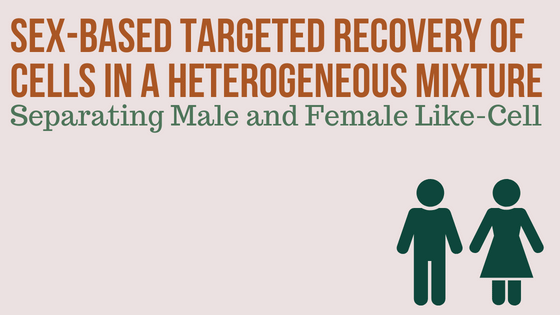
Today’s guest blog is written by Michael Marciano, Ph.D and Amber Vandepoele, Syracuse University Mixture interpretation remains a central challenge in the forensic DNA field. Much research and development has focused on methods to improve the interpretation of complex samples including software solutions. These methods are used to improve mixture interpretation on the “back-end” […]
Enhanced Mixture Interpretation with Long-Read Sequencing
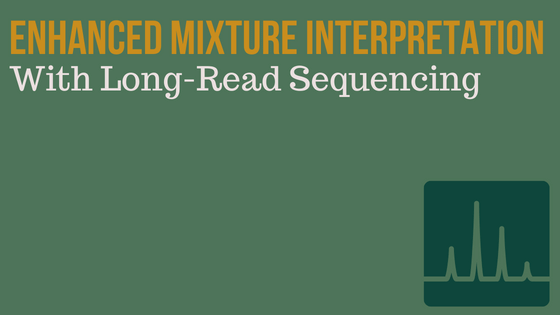
Today’s guest blog is written by Jianye Ge, University of North Texas Health Science Center Deconvoluting mixture samples is one of the most challenging problems in forensics. Efforts have been made to provide solutions regarding mixture interpretation. The probabilistic interpretation of the Short Tandem Repeat (STR) profiles can increase the number of complex mixtures […]
Previewing the Posters of our ISHI Student Ambassadors: Chastyn Smith

Analysis of evidentiary samples containing DNA from multiple contributors (“mixtures”) is a time intensive process for a forensic analyst and one where the contributor nature of a sample is not revealed until the end of the traditional forensic workflow. Often, at this stage, retesting or additional testing of mixture samples may not be possible, particularly […]
Under the Microscope – Nicole Richetelli
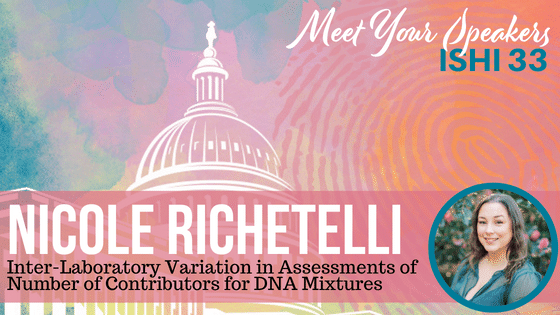
DNAmix 2021 is a rigorous, large-scale study conducted to evaluate the extent of consistency and variation among forensic laboratories in interpretations and statistical analyses of DNA mixtures, and to assess the effects of various potential sources of variability. To this end, this study utilized a four-phased approach: Policies and Procedures (P&P) Questionnaire — Online […]
Simplifying Statistics in Forensic DNA: An Interview with Mike Coble

In this interview, Travis talks with Mike Coble, Associate Professor and the Associate Director of the Center for Human Identification at the University of North Texas Health Science Center in Fort Worth, Texas. Mike has attended ISHI since 1998 and has been sharing his knowledge on probabilistic genotyping and statistics with attendees as a presenter. […]
The Wrongful Conviction of Lydell Grant for Murder in Texas: A Cautionary Tale of Faulty Eyewitness Identification and the Perils of “Inconclusive” DNA Mixture Statements
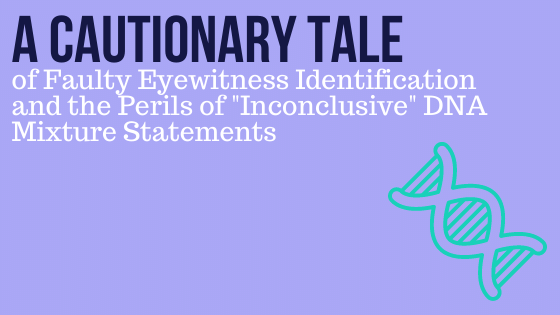
Today’s blog is written by guest blogger, Angie Ambers, MA, MS, PhD (Henry C. Lee Institute of Forensic Science) and Mike Ware, JD (Innocence Project of Texas). Reposted from The ISHI Report with permission. Shortly before midnight on December 10, 2010 (a Friday night), patrons of Club Blur (a bar in the Montrose district […]
NIST Publishes Review of DNA Mixture Interpretation Methods
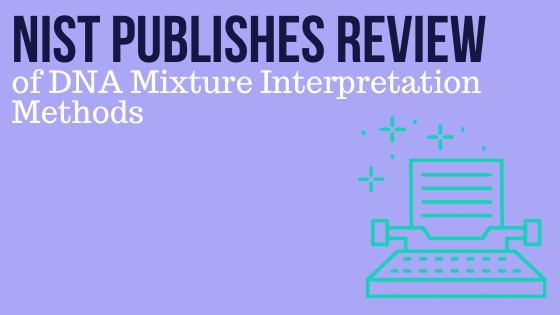
Today’s blog is written by guest blogger, Rich Press. Reposted from the NIST blog with permission. The National Institute of Standards and Technology (NIST) has published DNA Mixture Interpretation: A Scientific Foundation Review. This draft report, which will be open for public comment for 60 days before being published in final form, reviews the methods that forensic […]

